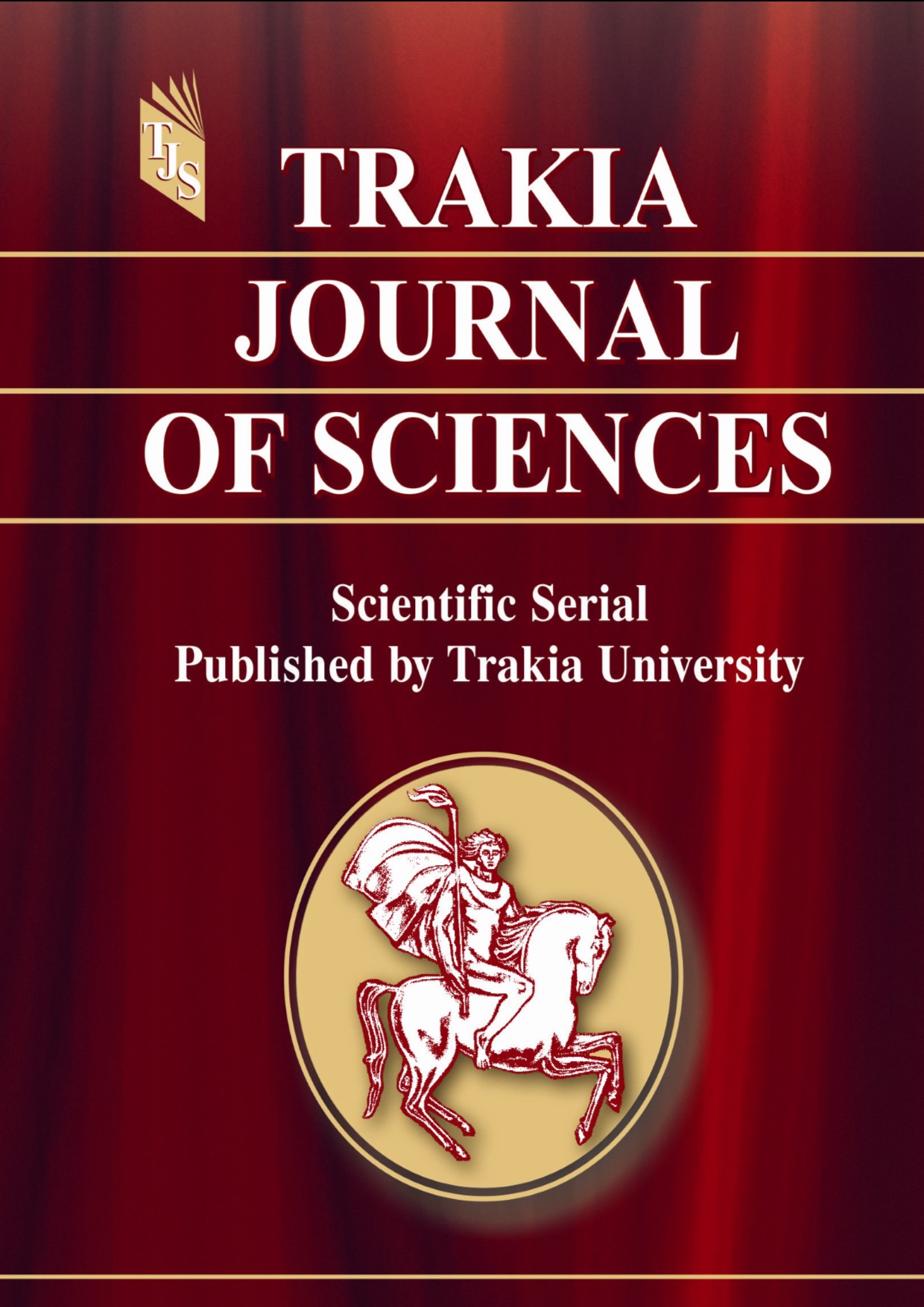T-TUBE ENTEROSTOMY: TECHNICAL CONSIDERATIONS AND CLINICAL APPLICATIONS
DOI:
https://doi.org/10.15547/tjs.2025.02.005Keywords:
T-tube enterostomy, neonates, bowel obstruction, meconium ileus, necrotizing enterocolitis, minimally invasive surgery, neonatalsurgeryAbstract
Introduction: T-tube enterostomy is a minimally invasive technique for temporary gastrointestinal decompression in pediatric patients, particularly neonates and infants. Traditional enterostomy methods often lead to complications and prolonged recovery, highlighting the need for alternative approaches. Materials and methods: This study evaluates the outcomes of 33 patients under one year of age who underwent T-tube enterostomy at St. Anna Hospital, Varna (2008–2021). The cohort included neonates with low birth weight and gastrointestinal conditions, such as bowel obstruction, meconium ileus, and necrotizing enterocolitis.
Results: The procedure, performed via a supraumbilical transverse laparotomy, prioritized organ preservation and minimized trauma. The T-tube was placed using standardized techniques, with adjustments based on patient anatomy. Clinical outcomes confirmed its effectiveness in providing gastrointestinal decompression while enabling intraoperative and postoperative lavage. The mean T-tube retention was 14 days, with spontaneous fistula closure after removal, eliminating the need for additional surgery. No significant complications were observed. Compared to conventional enterostomy, the T-tube method offers reduced invasiveness, shorter operative time, spontaneous fistula closure, and improved postoperative management. Its multifunctionality also facilitates medication administration and contrast studies.
Conclusion: In conclusion, T-tube enterostomy is a safe and effective alternative for managing neonatal and infant gastrointestinal conditions, supporting its use as a preferred surgical technique.
References
Cataldo PA. History of stomas. In: MacKeigan JM, Cataldo PA, editors. IntestinalStomas: Principles, Techniques, and Management. St. Louis, MO: Quality Medical Publishers; 1993 p. 3–37
Scharli WF. The history of colostomy in childhood. ProgPediatrSurg 1986;20:188–198
Brooke BN. Historicalperspectives. In: Dozois RR, editor. Alternatives to ConventionalIleostomy. Chicago: YearBook Medical; 1985 p. 19–28.
De Carli C, Ojeda M, Veloce D, González M. T-tubeenterostomy for the management of complicatedhighjejunalatresia. Aninnovativeprocedure for complexintestinalentity. A technicalreport. J PediatrSurgCaseRep. 2016;7:39-42. doi: 10.1016/j. epsc.2016.02.016
Coln D. Simultaneousdrainagegastrostomy and feedingjejunostomy in the newborn. SurgGynecolObstet. 1977;145(4):594–5.
Haut ER, Nance ML, Keller MS. Management of penetratingcolon and rectalinjuries in the pediatric patient. DisColonRectum. 2004;47(9):1526-32. doi: 10.1007/s10350-004-0605-0
Millar AJ, Lakhoo K, Rode H, Ferreira MW, Brown RA, Cywes S. Bowelstomas in infants and children. A 5-year audit of 203 patients. S Afr J Surg. 1993;31(3):110-3. PMID: 8128323.
Pandey A, Kumar V, Gangopadhyay AN, Upadhyaya VD, Srivastava A, Singh RB. A pilotstudy on the role of T-tube in typhoidilealperforation in children. World J Surg 2008;32(12):2607–11. doi: 10.1007/s00268-008-9746-y
Al-Zaiem M, Al-Garni AF, Al-Maghrebi A, Asghar AA. Use of T-tubeenterostomy in neonatalgastrointestinalsurgery. J NeonatalSurg. 2016;5(4):46. doi: 10.21699/jns.v5i4.456
Freeman C, Delegate MH. Smallbowelendoscopicenteralaccess. CurrOpinGastroenterol. 2009;25(2):155–9. doi: 10.1097/ MOG.0b013e328324f86b
Stamov, P. A Method for Temporary Gastrointestinal Decompression via T-Tube Enterostomy in Neonates with Low and Extremely Low Birth Weight. PhD Dissertation, 2024.

Downloads
Published
Issue
Section
License

This work is licensed under a Creative Commons Attribution-NonCommercial 4.0 International License.


